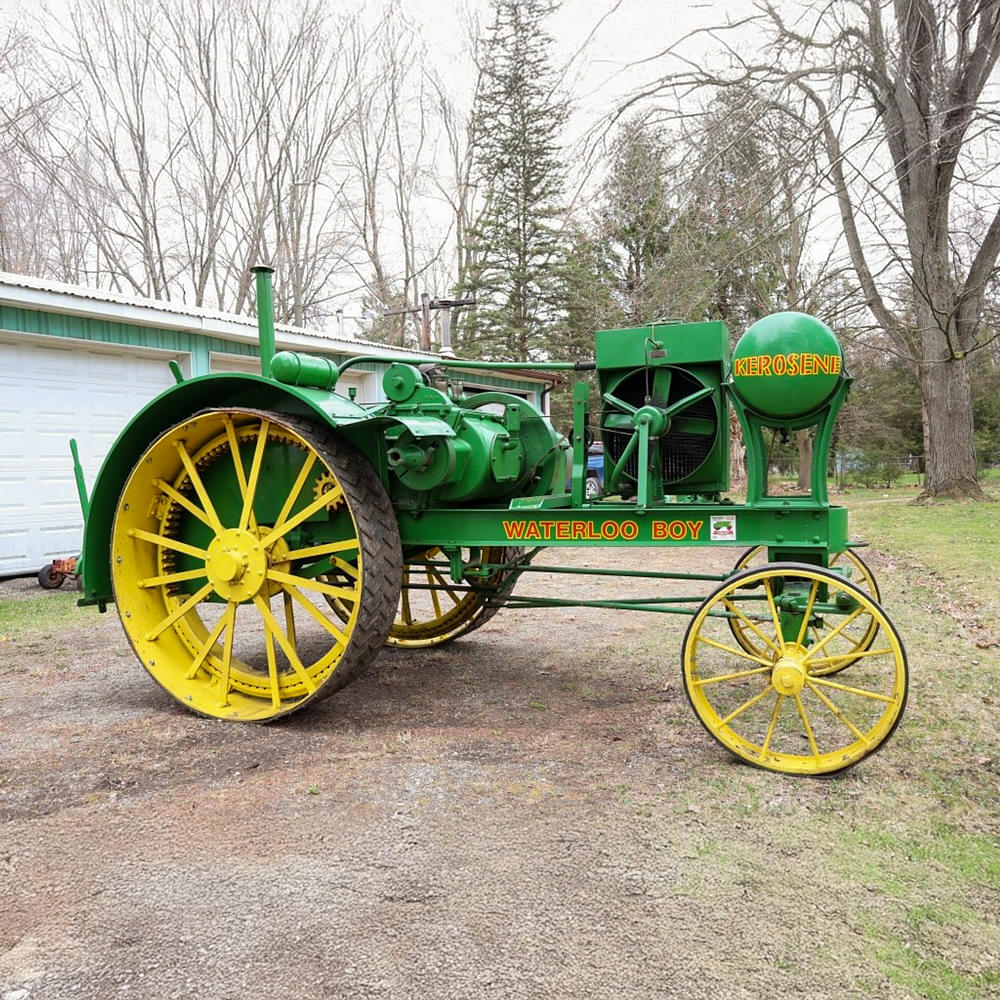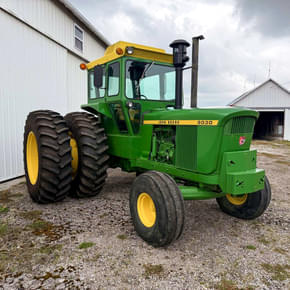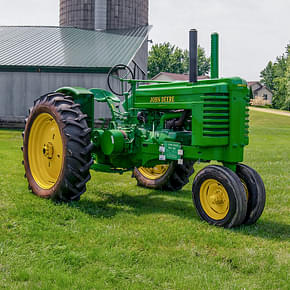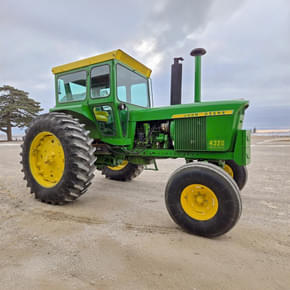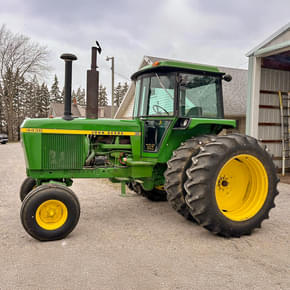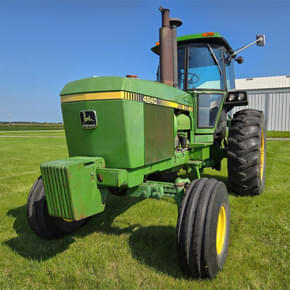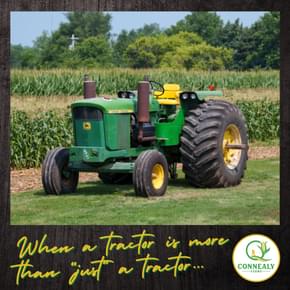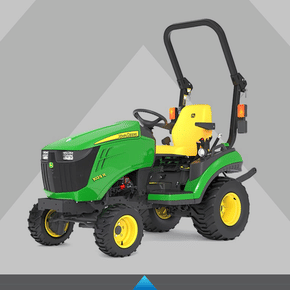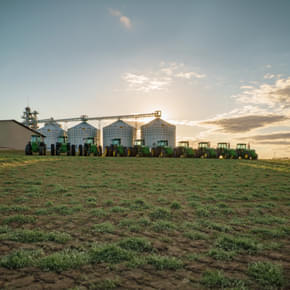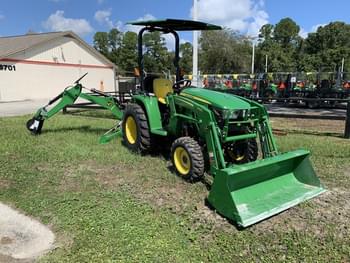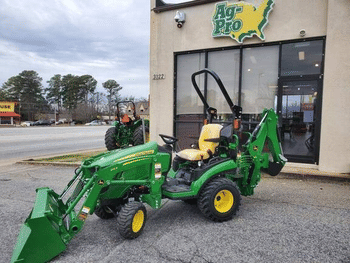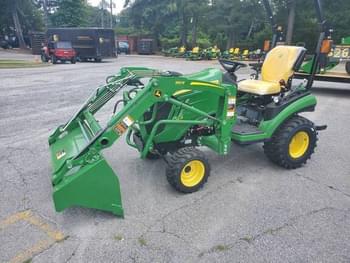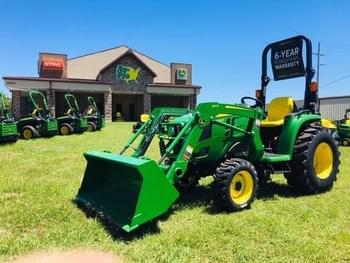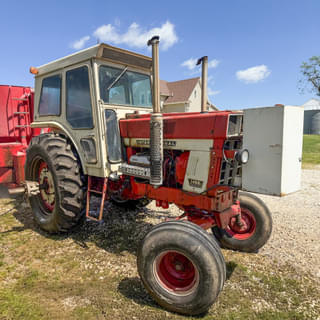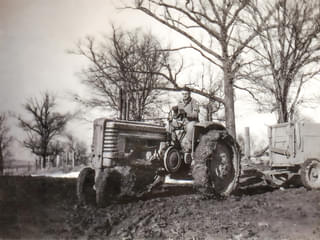Waterloo Boy tractor listings on Tractor Zoom
There’s not much I can add to the story of the Waterloo Boy—it’s been told plenty over the years. But with Brad Neuhart, a long-time Tractor Zoom auctioneer partner, is selling a really nice one at a collector auction in southeast Michigan this weekend. And that’s a good excuse to revisit why John Deere’s decision to buy their way into the tractor business might’ve been the best call they made in the early 20th century.
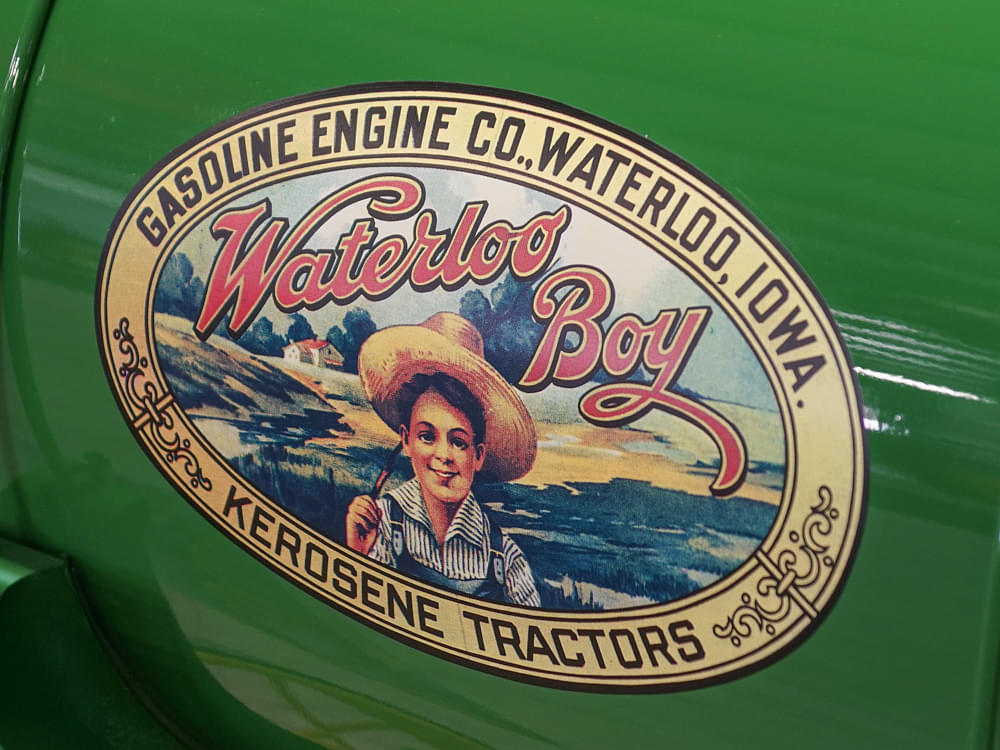
Getting into the tractor business
For a long time, there was something of an unspoken agreement between farm equipment companies that they sort of gave each other room to operate in their areas of expertise. Harvester didn’t step on Deere’s toes with plows and such, and Deere didn’t encroach on the threshing business. This arrangement worked pretty well for about 70 years.
All’s fair in love and farm equipment…?
By the early 1900s, things got messy. Deere and Harvester were both growing fast and it didn’t take long before a turf war began to emerge. Both companies were determined to offer a full line of equipment—including tractors. Harvester had the head start: more R&D time and a lot bigger bankroll. However, Deere wasn’t about to back down.
At the same time, the tractor market was shifting. Big, expensive steam- and gas-powered rigs were falling out of favor. Most farmers couldn’t use—or afford—a machine of that size. They needed something smaller, simpler, and cheaper.
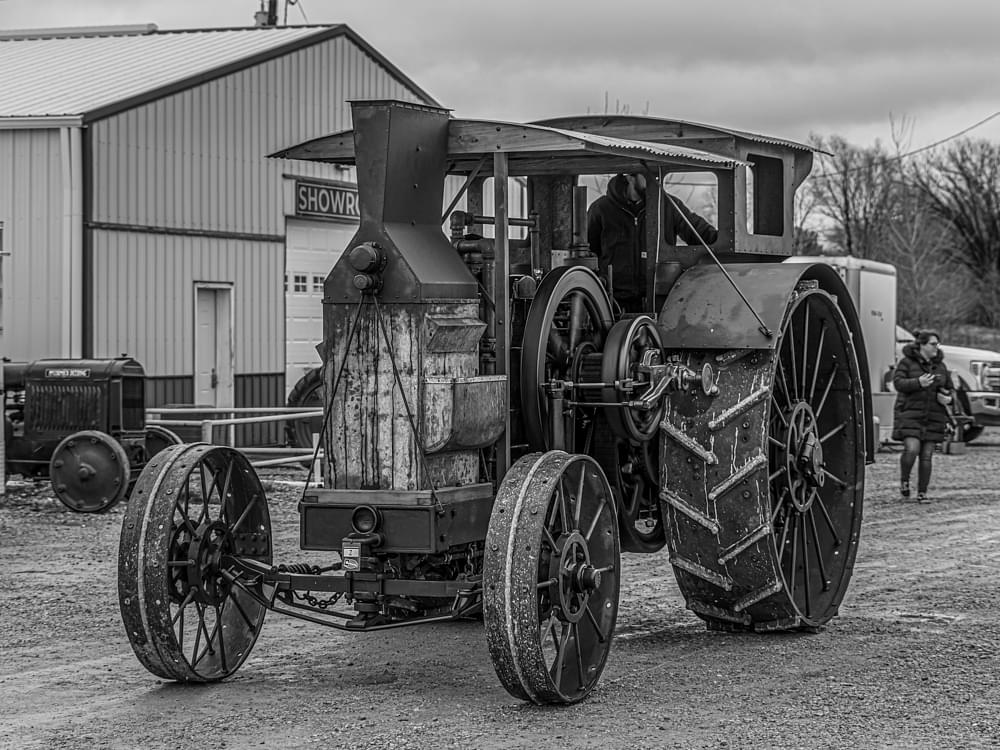
Deere saw the writing on the wall and shifted focus in the early 1910s. But their first few tractor projects went nowhere. So in 1914, they wiped the slate clean and handed the job to Joseph Dain, who’d just sold them his harvesting equipment company in Ottumwa.
Dain got to work and designed a fairly advanced all-wheel-drive tractor. But during late-season testing in 1917, he caught pneumonia and died before the first run of 100 prototype units was built. In the end, it didn’t matter much—at $1500, they were far too expensive for most farmers, and hardly any sold. Eventually Deere destroyed most of them.
Meanwhile, Harvester was successfully downsizing their tractors—and selling them. Deere was slipping further behind. Then, to make things worse, Henry Ford launched the Fordson tractor the same year. It was cheap, mass-produced, and farmers noticed. Ag had a new player, and Ford meant business.
When the tough gets going, the tough go shopping…
Things were looking rough for Deere. If they were going to break into the tractor game, it had to happen now. So they pivoted—they started looking for a company that already had a tractor in production. That search took exec Frank Silloway to Waterloo, Iowa, to check out the Waterloo Gas Engine Company.
John Froelich had founded the company about 20 years earlier, building engines for grain elevators and the like. By 1912, they’d developed a two-cylinder engine and started working on a tractor they called the Waterloo Boy. That design evolved into the Model R in 1914, and then the Model N in 1917—two forward speeds, reverse, and automotive-style steering. Silloway liked what he saw, and wasted no time in telling the board this was the one—a quick, proven way to get into the tractor business.
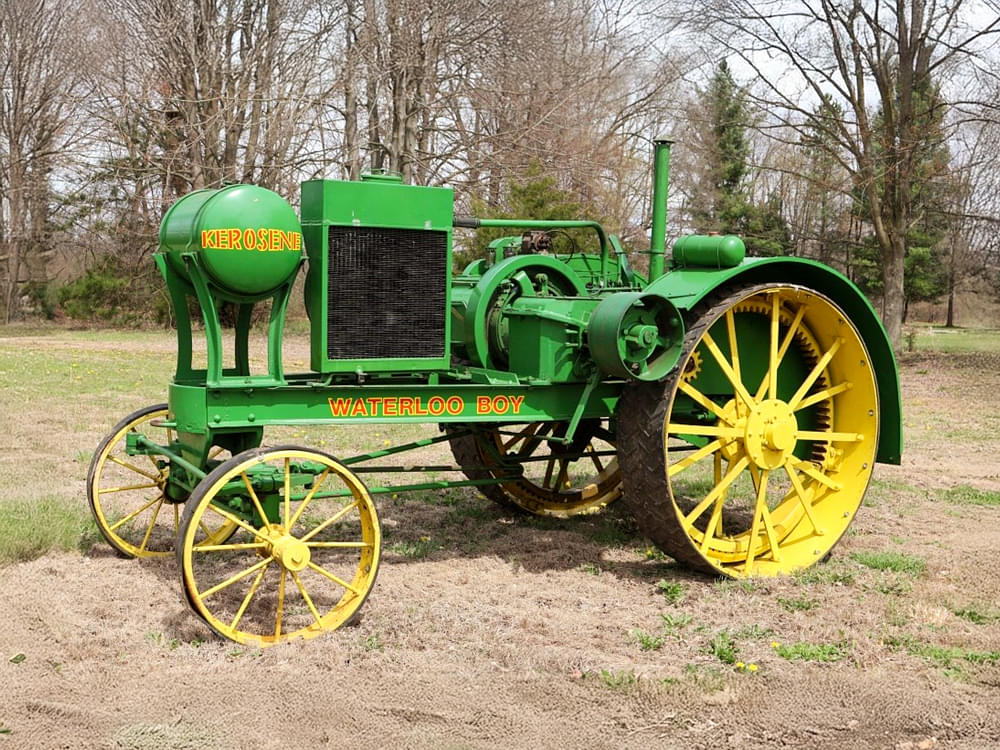
Deere wasted no time in getting the deal done. They hired Otto Borchert, a broker out of Milwaukee, to close the deal. Less than six months after Dain passed, Deere bought Waterloo Gas Engine Co. on March 14, 1918, for $2.25 million. Otto earned a $250K commission—and a $50K bonus for making it quick. Incidentally, he’d later use some of the payday to buy the Milwaukee Brewers!
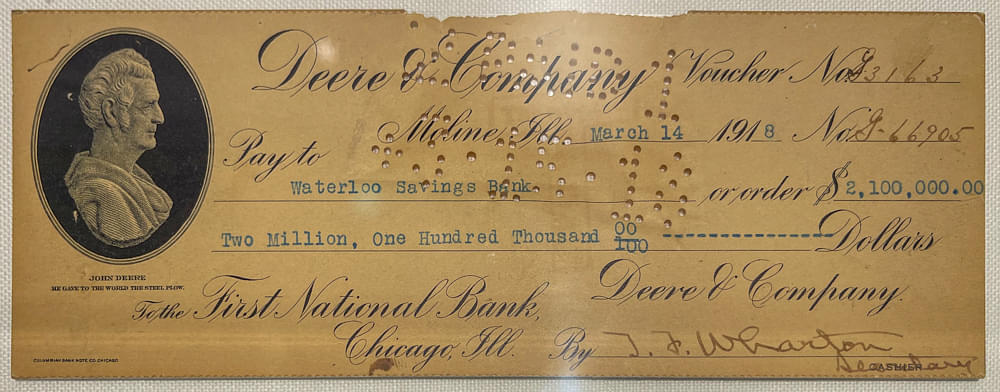
Was the Waterloo Boy Successful?
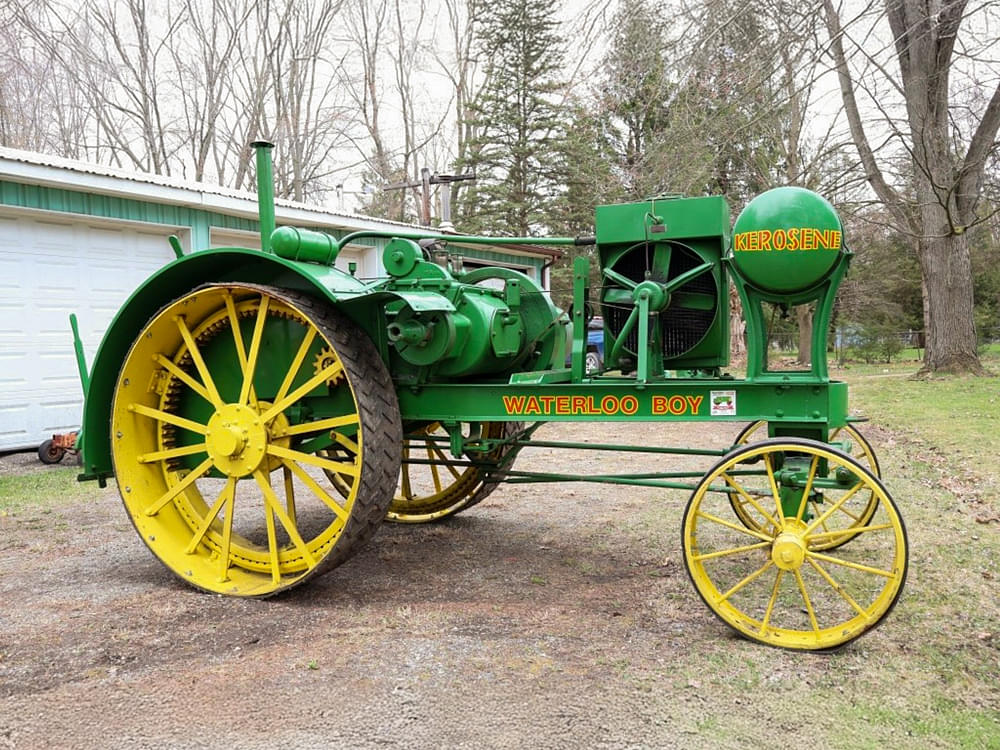
In a word? Yes. The Waterloo Boy was a smart move—but not because it sold like crazy. It didn’t. Still, it sold well enough. Between the Model R and Model N, Deere moved close to 30,000 units. That’s a far cry from Fordson’s numbers—Ford sold over 750,000 tractors in just nine years—but it planted Deere firmly in the game. More importantly, it gave them an engine architecture that shaped the company for the next four decades!
So why did the Waterloo Boys sell at all? They were simple. They were reliable. And Deere already had a decent dealer network to keep the wheels turning. Price-wise, they landed right in the middle—around $750. That felt reasonable to farmers. Ford’s ultra-low price made some folks wary, and Harvester’s pricing may have pushed buyers away. The Waterloo Boy struck a balance, and for Deere, it was exactly what they needed.
Today, while the Waterloo Boy isn’t quite as popular as it once was with the collector crowd, running and driving examples with the correct hardware still fetch a pretty handsome price.
Which brings us to the one selling in Michigan this weekend.
The Waterloo Boy that you can buy this weekend…

I had a nice conversation with Brad Neuhart, the auctioneer selling this collection, this morning. Al Kormos and his three brothers Joe, Hank, and Kenny were all tractor collectors in the Belleville, MI area just southwest of Detroit. Kenny originally found the tractor in Iowa and brought it home in the early 80s, and it traded back and forth between the brothers for a while, eventually finding a home in Al’s collection. They treated it as a project and restored it together back in 1994. Since then, it’s made the rounds to some local tractor shows, as well as being featured on a trading card back in 1995!
Brad’s known the Kormos family for over 30 years. He’s sold a few of brothers’ collections over the years, so when Al passed in October 2023, he was their first call when it came to finding new homes for the tractors in the collection. For Brad, it’ll be his first time selling a Waterloo Boy. “I’ve sold a lot of cool stuff—Big Buds, muscle tractors—but never anything with history like this. It’ll be a privilege to send Al’s toys off to good homes this weekend.”
There’s more to see on the sale too. If you’re into John Deere Ls, there’s an unstyled one with the original serial tag. And a quirky styled G that’s got some features from the GM—probably one of those in-between models from ’47 or ’48.
The icing on the cake? The family has gotten all but one of them running and driving! When’s the last time you saw that on a collector auction?
Wrapping up…
Let me end with a quick gripe.
I’m not a John Deere die-hard—or loyal to any brand, really. Most tractor companies built some great ones, a few average ones, and at least one disaster they’d rather forget. But when people knock Deere for “buying” their way into the tractor business, it bugs me. They toss out that “built not bought” line like it’s gospel. In this case? It’s not.
That idea makes more sense in a hobby than it does in business. In business, livelihoods are on the line. In most cases, there’s no room for ego—because pride gets spendy pretty quick. If a company fails because they kept throwing good R&D money after bad, people feel it. Sometimes, the smartest move is knowing when to build vs. knowing when to buy.
Deere saw the window—and took the shot. That’s not weakness. That’s strategy.
Y’all make it a great day. Here’s the link to the auction I was talking about. Check it out!

